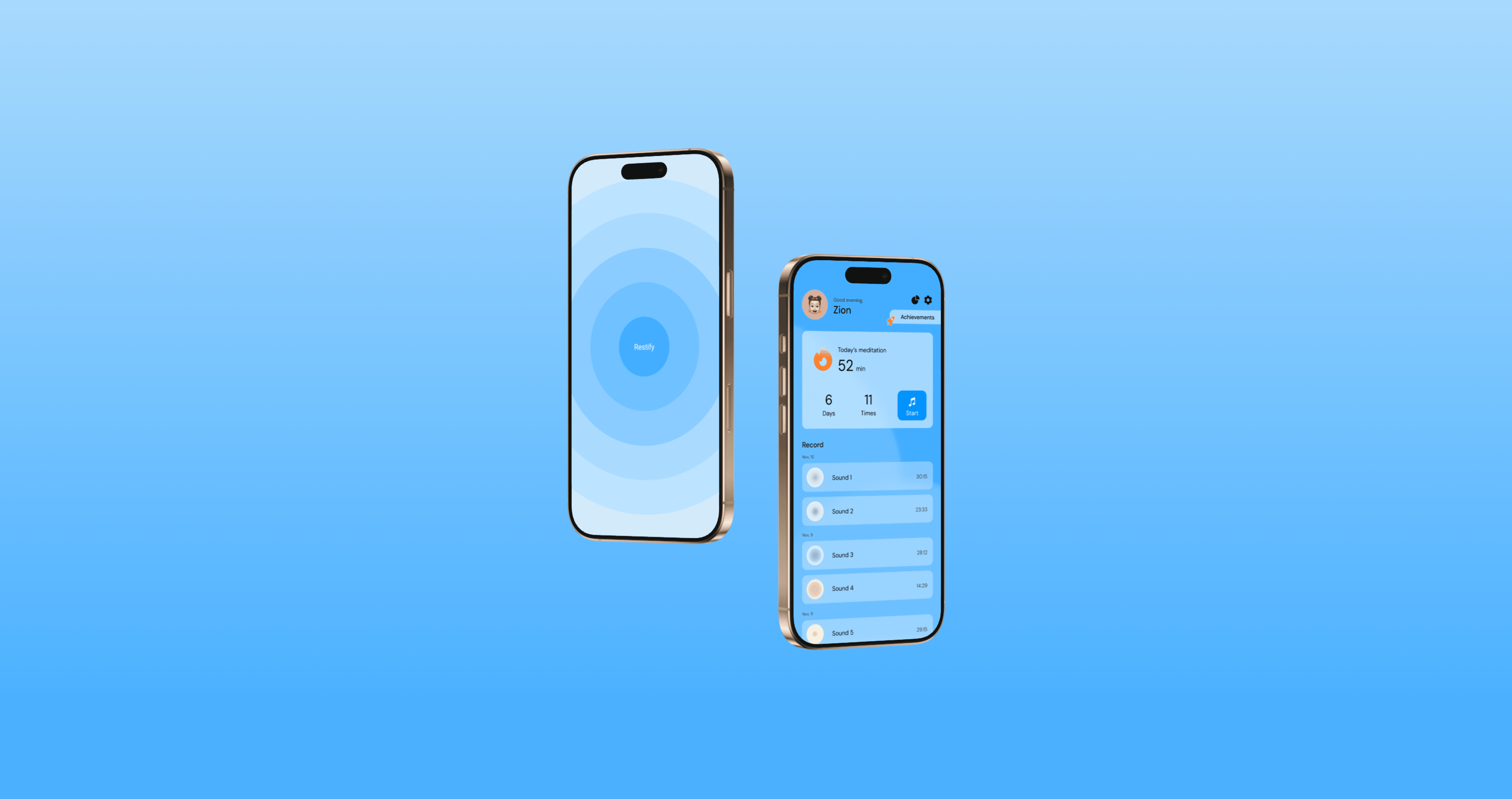The RIT MyCourses redesign project aimed to enhance the user experience of the existing platform by focusing on accessibility, engagement, and efficiency. As designers, I was tasked with creating a one-page design that simplified course management while keeping to a strict limit of only three colors. By combining an intuitive layout with a minimalist aesthetic, the redesign aimed to improve student and instructor interactions with the platform.
Effectiveness
Streamline key tasks like viewing assignments, announcements, and calendar.
Engagement
Enhance visual appeal and interactivity to make the platform more engaging.
Intuitiveness
Simplify navigation to help users find key features like course materials and assignments quickly.
The current RIT MyCourses portal interface is cluttered, overwhelming users and frustrating to navigate. The platform's visual design lacks cohesion and engagement, resulting in an outdated and unengaging user experience.
Basic workflows such as uploading assignments or accessing course updates were not intuitive and inefficient, leading to user dissatisfaction. Excessive design patterns for interaction steps created accessibility challenges, making it difficult for users to effectively interact with the platform.
The research aimed to identify pain points for students and faculty, understand user priorities for key features, and analyze usability issues in the current RIT myCourses portal. It also focused on exploring ways to enhance engagement through improved design, benchmarking against competitors like Canvas, and ensuring accessibility for diverse users.
Research Goals
Discover which features and information are most critical for students and faculty to access quickly and easily.
Gather insights into how visual design and interactivity can make the platform more engaging and user-friendly.
Assess features and designs from comparable platforms (e.g., Canvas, Blackboard) to identify opportunities for improvement and innovation.
Platform Analysis
Explored the existing MyCourses portal to map out the user journey and identify bottlenecks in navigation and task completion.
User Feedback
Informal interviews with students and faculty to understand pain points and desired improvements.
Common feedback included: “It’s hard to find assignments quickly,” and “The interface looks outdated and confusing.”
Key Findings
Students wanted a quick way to see deadlines, grades, and important updates.
All RIT's students who wants quicker access to assignments, announcements, and calendar.
Based on my user research, I created two personas to represent my target audiences.


I created empathy maps to illustrate user behavior in real life and while using the website; these maps were instrumental in the direction of my final design.
The information architecture(IA) shows where users can find the information and navigation they need within the website.
This helped me organize the contents for the final product.


Creating a simple user interface style guide can maintain consistency throughout the final design.
Challenges
The project faced unique challenges, starting with the requirement to use only three colors for the one-page design (each student had different requirements), which required creativity and thoughtful decision-making. One of the biggest challenges was addressing the needs of students who wanted simplified functionality and intuitive navigation in their academic tools.
Balancing between functionality and simplicity was one of the goal particularly. The professor's requirements needed to retain all of the contents of the original design, and meaningful features such as calendar integration and quick-access tiles were critical, but the limited design space and color palette needed to be prioritized. Creating a visually appealing and effective interface that doesn't overwhelm users is another key challenge, especially when redesigning a platform that handles so much information.
What I Learned
As a designer, I used three colors in this project to complete the design and showcase my own design style. I learned the importance of balancing constraints and creativity. Designing within the constraints of a three-color palette taught me how to effectively use hierarchy and minimalism to improve usability and engagement.
The project also highlighted the importance of managing the organization and prioritization of large-scale content in a single-page design. Creating a clean, functional interface taught me how simplicity improves usability and drives adoption. Through this process, I also gained insight into how visual design can influence how users feel about using academic tools by reducing stress and improving accessibility.
Next Steps
I chose to be risky with the design for this project, breaking away from the usual design templates of regular educational course websites, which I'm very proud of.
While the one-page design meets the project requirements, further usability testing and iteration is needed to refine the user experience. In the future, I would like to explore how to evolve this design to the mobile platform.
@2025 Zion Xu








